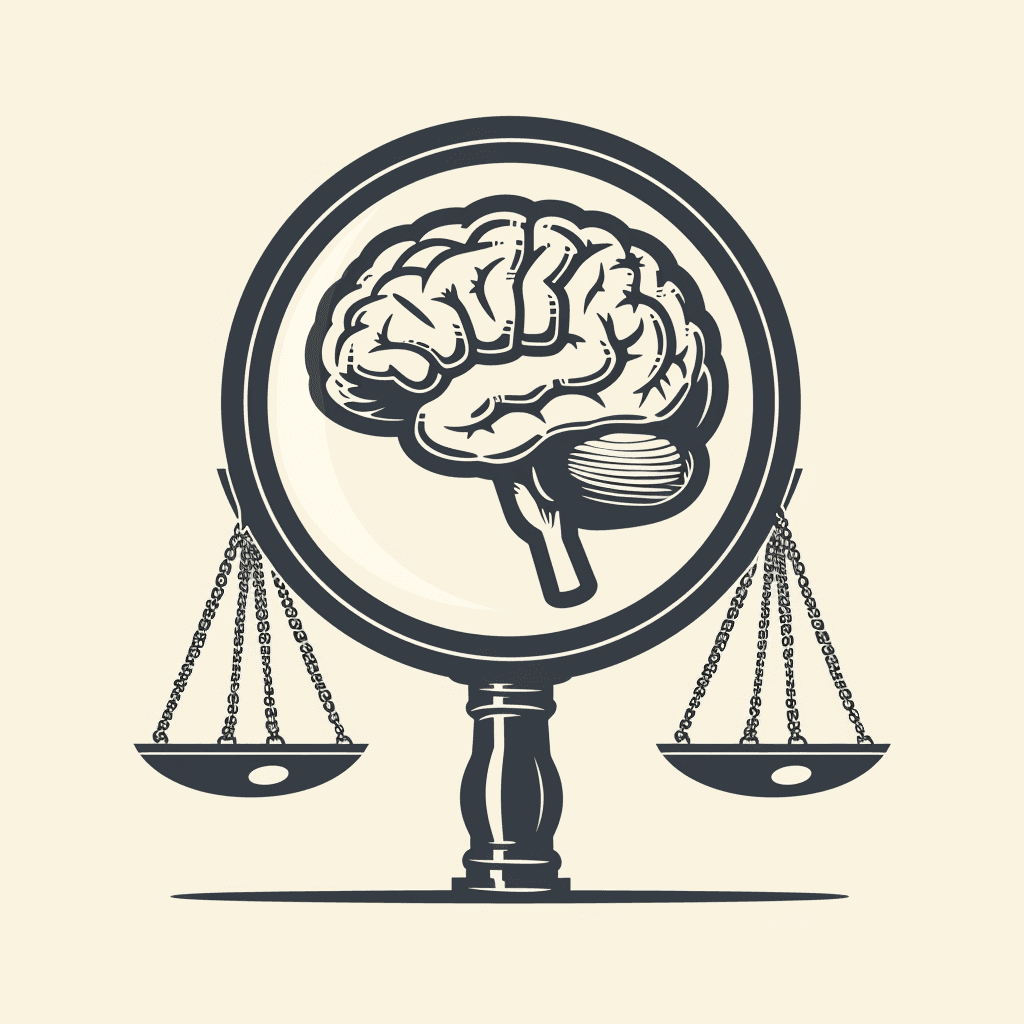
Growing older often means growing bigger around your waistline, through your hips, legs, or arms. Some people call it “middle age spread,” but just about everyone calls it troublesome.
The extra pounds and inches can bring new health struggles from high blood sugar to chronic pain. While this isn’t necessarily news, here’s something that is: While your waistline grows your brain might be shrinking. What’s more, a skinny brain is a drain on your memory.
Here's what you need to know.
The science shows that your brain volume can shrink as you get older. And loss of brain volume has been linked to cognitive decline. We’ve reported on this unfortunate phenomenon of aging and what to do about a shrinking brain before, but there’s more. The latest research has revealed a new warning: When one specific area of your brain thins and shrinks, your risk of developing Alzheimer’s disease skyrockets.
In fact, the link between this thinning and Alzheimer’s is so strong that leading neurological researchers are now calling for regular brain scans that would allow your medical team to identify any brain thinning and intervene to best support your aging memory.
New Way to Diagnose Early Alzheimer’s Disease
Researchers continue to develop methods of detecting Alzheimer’s in its early, symptomless stages. The latest breakthrough diagnostic identifies a brain region that gets thinner in people who go on to develop Alzheimer’s or frontotemporal dementia (the kind famous actor Bruce Willis is facing).
In fact, researchers believe that the presence of thinning in this brain area is a neuroimaging biomarker that accurately detects Alzheimer’s disease up to ten years before symptoms appear.
The Key is Your Cerebral Cortex
While all parts of the brain are eventually affected by Alzheimer’s, the disease starts by thinning an area of the cerebral cortex. Differences in cortical thickness measurements might therefore distinguish Alzheimer’s from normal aging and act as a neuroimaging biomarker to predict future Alzheimer’s.
To test this idea, scientists from The University of Texas needed a large sample of people who had brain scans at a time when Alzheimer’s might start to impact the brain. They also needed to be followed up on years later.
The Framingham Heart Study, which has been underway for 75 years-- since 1948, provided the ideal sample. Of course, the people of Framingham, Massachusetts are similar demographically, so the research team also took data from the University of California Davis Alzheimer's Disease Research Center cohort which comprises people over 60 with diverse racial, ethnic, and educational backgrounds. The research team’s findings are shocking.
Thinning Cortex Triples Dementia Risk
The scientists looked at brain imaging (MRI) data from 1,000 Framingham residents and 500 from the California group. Both cohorts were aged 70 to 74 years at the time of the MRI studies. Some went on to develop dementia while others stayed cognitively healthy for at least ten years after their MRI scan.
Researchers looked at a ribbon of brain tissue called cortical gray matter and analyzed the extent of thinning. Dividing the extent of thinning into quarters, the researchers found participants in the Framingham group who were in the bottom quarter, with the most thinning, had more than triple the risk for Alzheimer’s and related dementias over ten years compared to those in the upper three quarters.
But for the California group the risk increased by almost six-fold! The reason for the difference, the researchers believe, is that some of this cohort already had mild cognitive impairment (MCI) when they were enrolled.
In addition, individuals in both groups who were in the bottom quarter with the most thinning were much more likely to receive a dementia diagnosis when compared to individuals in the top three quarters. The results were consistent across populations. And since the relationship between thinning and dementia risk behaved the same way in different races and ethnic groups, the researchers are confident their findings are robust.
In general, people with thicker cortical gray matter had better cognitive function outcomes and thinner ribbons had worse. The team’s conclusion, published in the journal Alzheimer’s & Dementia in December, was that cortical gray matter grows thinner in people who go on to develop dementia. What’s more, this cortical gray matter thinning appears to be an accurate biomarker of the disease five to ten years before symptoms appear.
So, that begs the question…
How Can You “Thicken” Your Brain?
The researchers report that your brain tissue, like other tissues in your body, is influenced primarily by your diet and lifestyle. In fact, other common Alzheimer’s-related risk factors such as older age, gender (twice as many women get Alzheimer’s than men), and less education were not related to cortical thickness, nor was the dreaded APOE 4 gene.
First study author Claudia Satizabal explained, saying, “We looked at APOE4, which is a main genetic factor related to dementia, and it was not related to gray matter thickness at all. We think this is good, because if thickness is not genetically determined, then there are modifiable factors such as diet and exercise that can influence it.”
The diet that’s best for brain health is a diet that’s rich in vegetables, fruit, lean meat, whole grains and healthy fats, and oils—such as coconut oil. In addition, avoid sugar, which is linked to brain thinning. This is anti-inflammatory diet like the Mediterranean Diet or the Green-Med Diet, but we like to call it sensible eating. In addition, make sure to exercise regularly, manage your stress and get adequate sleep.
As for Getting an MRI?
Dr. Satizabal believes checking for the thickness of cortical gray matter as a neuroimaging biomarker is easy and realistic. “A high proportion of people going to the neurologist get their MRI done, so this thickness value might be something that a neuroradiologist derives,” she explains. The thickness can then be compared to the thickness of a healthy person for that age.
UT Health San Antonio Newsroom. Thinning of brain region may signal dementia risk 5-10 years before symptoms. January 22, 2024.
Satizabal CL, et al. A novel neuroimaging signature for ADRD risk stratification in the community. Alzheimers Dement. 2023 Dec 26. https://alz-journals.onlinelibrary.wiley.com/doi/10.1002/alz.13600.
